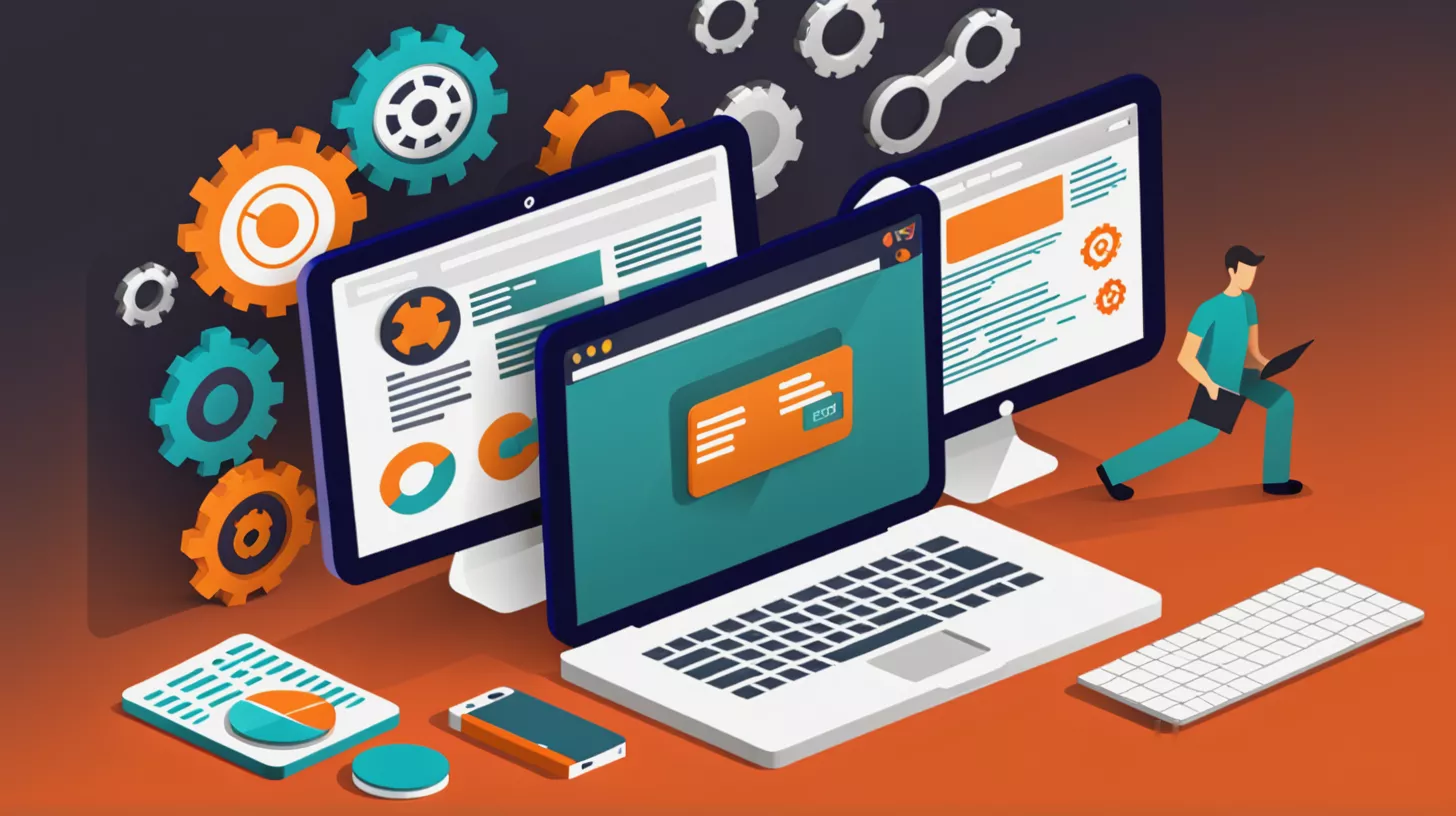Web Service Development: Technologies and Stages

Web Service Development: Features and Stages
In today’s digital world, where the internet is an integral part of everyday life, web services play a key role. They make our work significantly easier, provide time for relaxation, and help maintain connections with friends and loved ones. They can even manage devices in our homes. However, every intuitive and user-friendly interface represents meticulous development, involving numerous stages and technologies.
What Web Service Development Entails
Web service development is a multifaceted process that includes planning, design, programming, testing, and deployment. In this article, we will explore the main stages of web service development, important technologies and tools used in this process, as well as best practices that help create reliable, scalable, and secure web services.
Web service development is a complex and multifaceted process that includes several key stages:
Initial Research and Analysis. At this stage, all features are discussed with the client, including goals and requirements. Market and competitor analysis is conducted. Best practices are identified, and proposals are formulated. This allows for the determination of key requirements for the web service and lays the foundation for further development.
Design and Prototyping. After gathering all necessary data, the design phase begins. Specialists and the client define the project goals and develop prototypes that help visualize user scenarios. User interaction paths with the web service are also considered to create a convenient and intuitive interface.
Design. This stage includes conducting UX/UI research aimed at creating an optimal user experience. The visual style of the web service is developed, and design layouts are created, adapted for various devices and screen resolutions. It is important to make the design not only attractive but also functional.
Frontend Development and Layout. Design layouts are transformed into HTML code, which serves as the foundation for the web service interface. Special attention is paid to responsive and cross-browser layout, ensuring the service displays correctly on various devices and in different browsers. After this, the layout is thoroughly tested to identify and fix any potential errors.
Backend Programming. This stage involves implementing all the functionality of the web service. Different programming languages and frameworks are used for this purpose. The backend is responsible for data processing, managing user sessions, working with databases, and integrating with external services.
Setup. This stage includes integration testing of all system components. The server environment is configured, and performance is optimized. Additionally, security checks are conducted on the web service to reduce potential risks and vulnerabilities.
Launch. After all tests and setup work are completed, the web service can be launched. It is deployed on the server and actively used. It is important to ensure a smooth transition from development to operation, minimizing potential problems, malfunctions, and vulnerabilities.
The final result of development is support and promotion. New features are integrated, user feedback is considered, and their behavior is analyzed. This allows for improving the web service, making it more convenient and functional.
If you want to start developing your own project, in this article you will find a simple example of creating a web service based on React for the user interface and Django for the backend.


